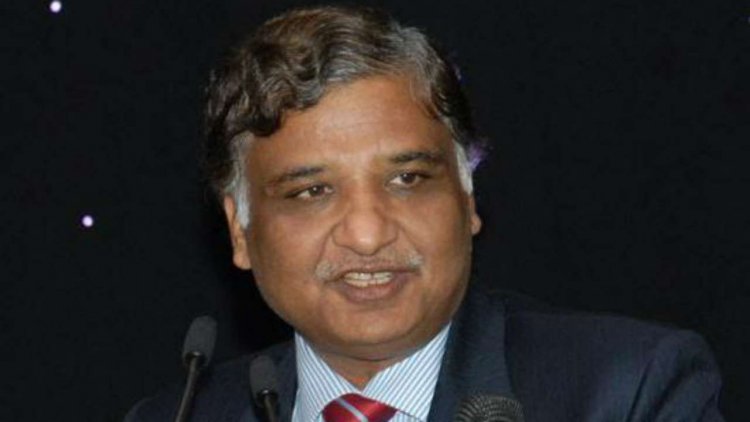INDIA - NEPAL: R&AW CHIEF’S VISIT

Research and Analysis Wing (R&AW) chief, Samant Goel, was in Kathmandu two weeks ago when he met the Nepali Prime Minister, KP Sharma Oli.
The Hindustan Times notes two noteworthy things. “One, R&AW has had a substantial role in the neighbourhood in general and Nepal in particular. It not only ensures that the Indian system is on top of information and changing dynamics, but has been an instrument for action — as is the role of any intelligence agency. Nepal’s politicians criticise it publicly, while seeking to cosy up to it privately. The visit and Mr Oli’s willingness to meet Mr Goel confirms this.
“More broadly however, the visit has led to speculation of India-Nepal ties going back to normal, especially since the Indian Army chief is scheduled to visit Nepal next…….Only a stable, inclusive, democratic Nepal — led by a regime which knows the value of special ties with India and engages with China within certain boundaries — can help keep the regional security environment balanced….”
MEA recedes to the background
In the view of Jyoti Malhotra (National & Strategic Affairs Editor at ThePrint), a visit by the head of India’s external intelligence agency, R&AW, to meet Prime Minister K.P. Oli of Nepal, is interesting.
First, “the person picked to break the ice with Nepal….was not a political person. This speaks reams of the foreign policy power structure in New Delhi. Increasingly, it seems as if National Security Advisor Ajit Doval and his secretariat are asserting themselves in India’s neighbourhood, leaving large parts of the rest of the world – the US, for example, and therefore the 2+2 dialogue – to the responsibility of the Ministry of External Affairs (MEA)…….India’s most difficult foreign policy question, the unsettled border with China,” is also “run by Doval.”
“The circumstances of Goel’s visit are equally intriguing. The man took an Indian Air Force special aircraft to Kathmandu, an unsual act bound to attract notice. Then there was that splashy, public landing in the broad light of day at Kathmandu’s Tribhuvan airport, in full glare of Nepal’s intrepid reporters.”
Several messages to Nepal
Also interesting is that the visit was not under wraps. Of course, the visit got leaked, argues Malhotra. “Probably someone wanted the story leaked, so as to send several messages, to Oli, the Nepali political elite and opposition as well as to the foreign policy elite back home in India.
“The message to Oli is that New Delhi is well aware of his attempts to fan anti-India rhetoric by unilaterally redrawing an international map that expands Nepal’s borders into Indian territory. The message is also that India is not going to accept the move, even if the Chinese fete him or anyone else all the way to Beijing.
“Goel’s meeting with Baburam Bhattarai is a second message to Oli – no one should forget that Bhattarai, a former JNU student and avowed Communist, lived incognito in Delhi for many years until the repressive monarchy in Nepal gave way to the ‘Jan Andolan’ (people’s movement) in 2006 and he returned home a victor.
“The message to the Indian foreign policy establishment is that NSA Doval is in charge. That PM Modi wants the Nepal relationship fixed, so Doval and his boys are rising to the occasion…….
“If the Samant Goel trip succeeds, then NSA Doval would have pulled off a risky manoeuvre. If not, New Delhi would do well to dwell, as winter closes in, on why it’s losing its neighbourhood. One aggressive neighbour (China) has taken territory, another (Pakistan) continues with its proxy war, a third (Bangladesh) is upset with the Citizenship (Amendment) Act, and a fourth (Nepal) is playing the Indian establishment……..”
















